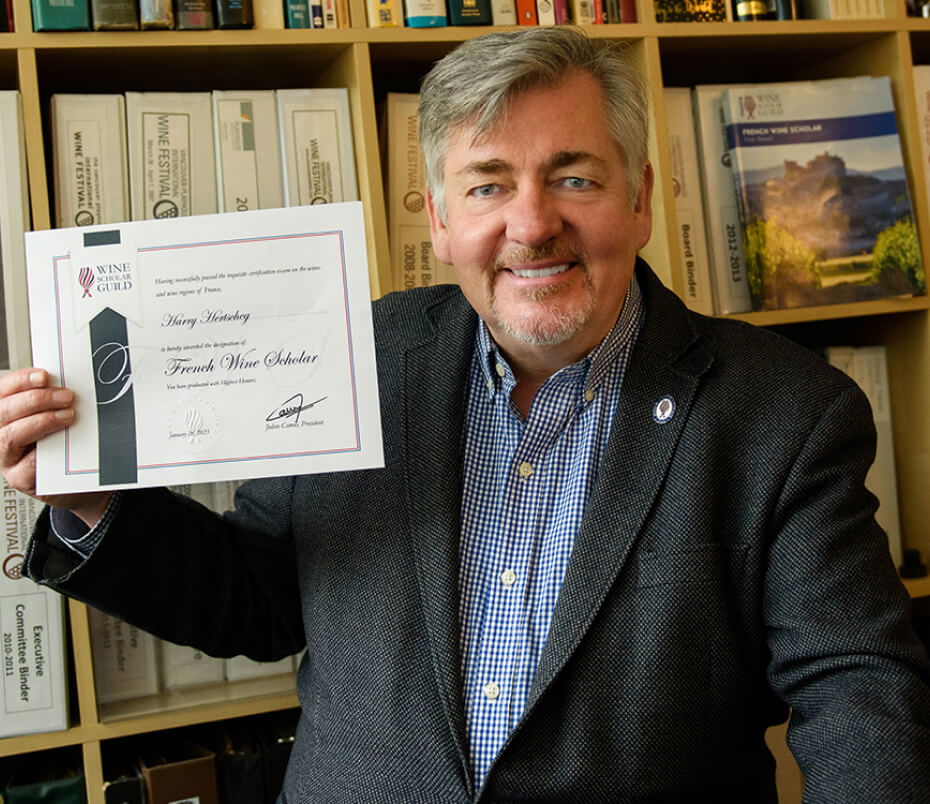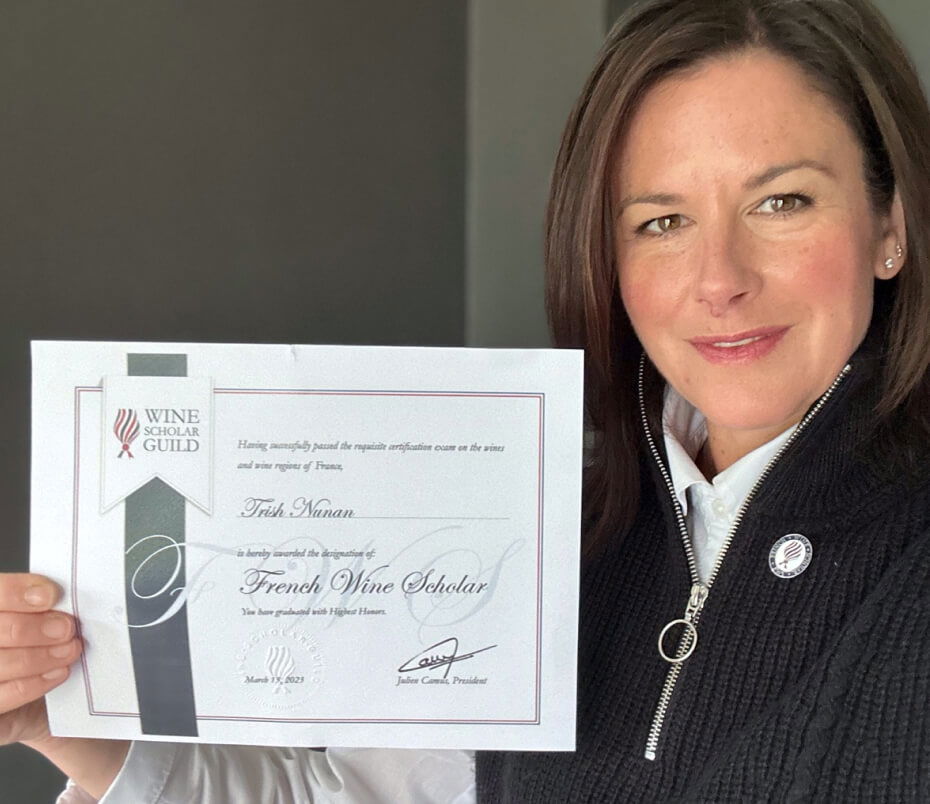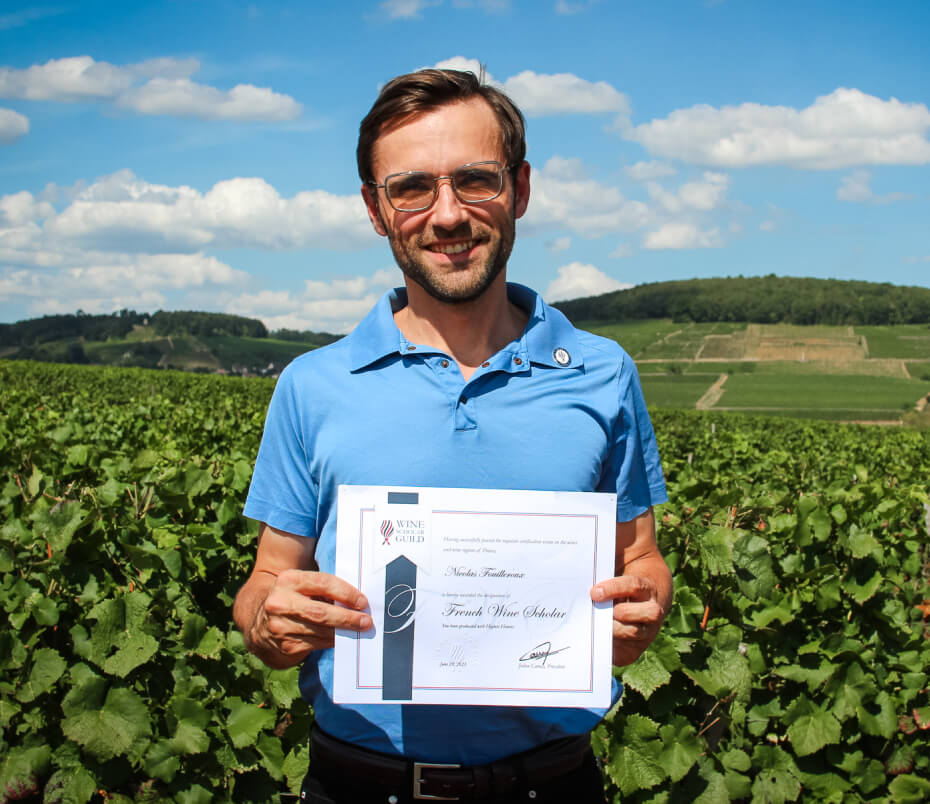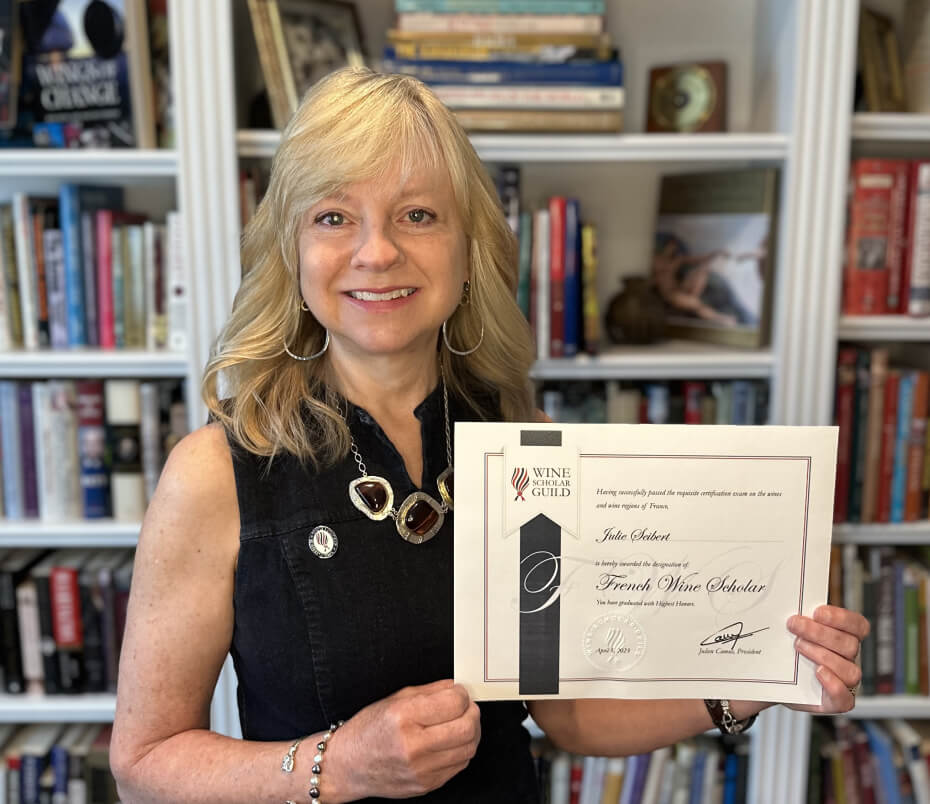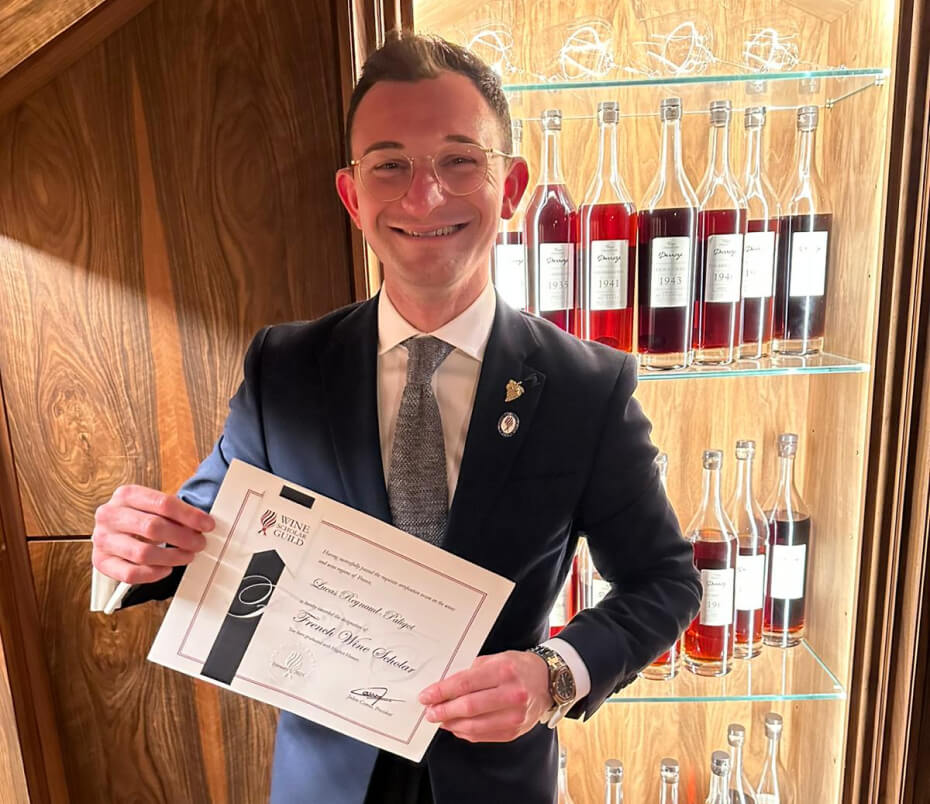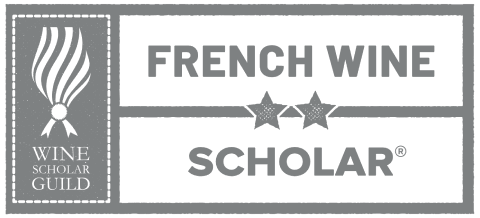
French Wine Scholar®
The industry's most respected certification on the wines of France
4,012 global graduates
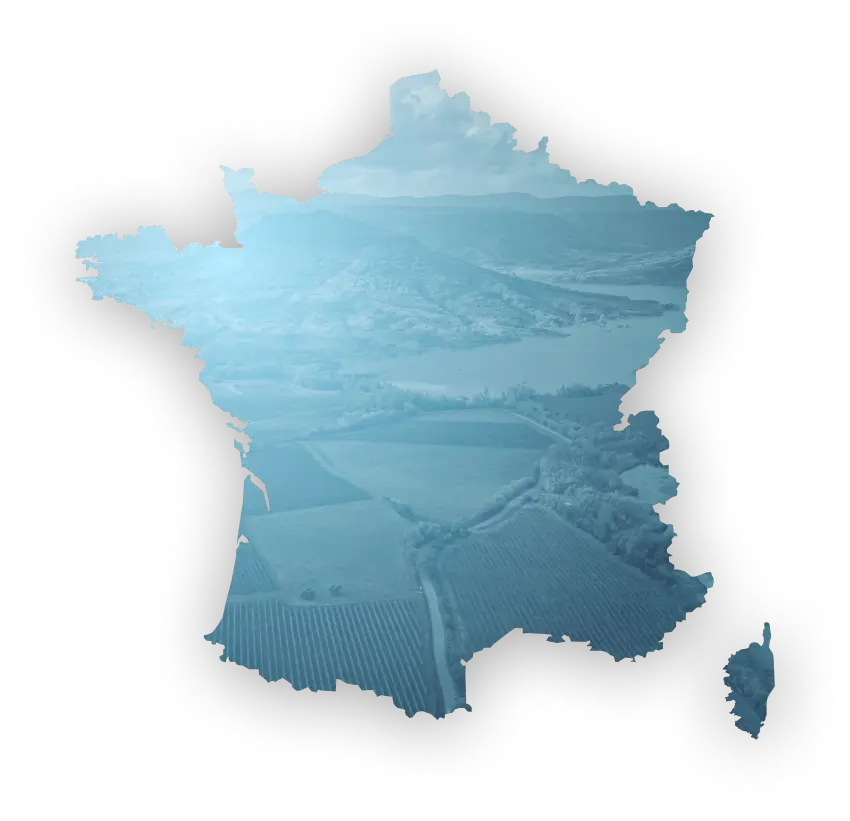
Program Overview
Embark on a journey deep into the heart of France with the French Wine Scholar Program®, the quintessential offering from Wine Scholar Guild — the international authority on authentic wines of place.
The French Wine Scholar® program sets the industry standard as the most in-depth and comprehensive certification program devoted entirely to the wines of France.
Tailored for dedicated wine aficionados and industry professionals, the FWS is your passport to understanding the nuanced appellations, viticultural marvels, art of winemaking, historic landmarks and rich traditions that make French wine a global benchmark.
Whether you're opting for the flexibility of online study or the immersive atmosphere of in-person classroom instruction, the FWS curriculum is as comprehensive as it gets.
Completion of the program doesn’t just reward you with a certificate; it confers upon you the sought-after FWS post-nominal initials, symbolizing advanced-level proficiency and industry-wide respect.
With the French Wine Scholar program, you're not just learning; you're enriching your understanding and appreciation of French wine.
What's Included
From a comprehensive study manual to interactive online modules, expert instruction and an engaging student community, every element is meticulously curated to foster a profound understanding and appreciation of French wine culture.
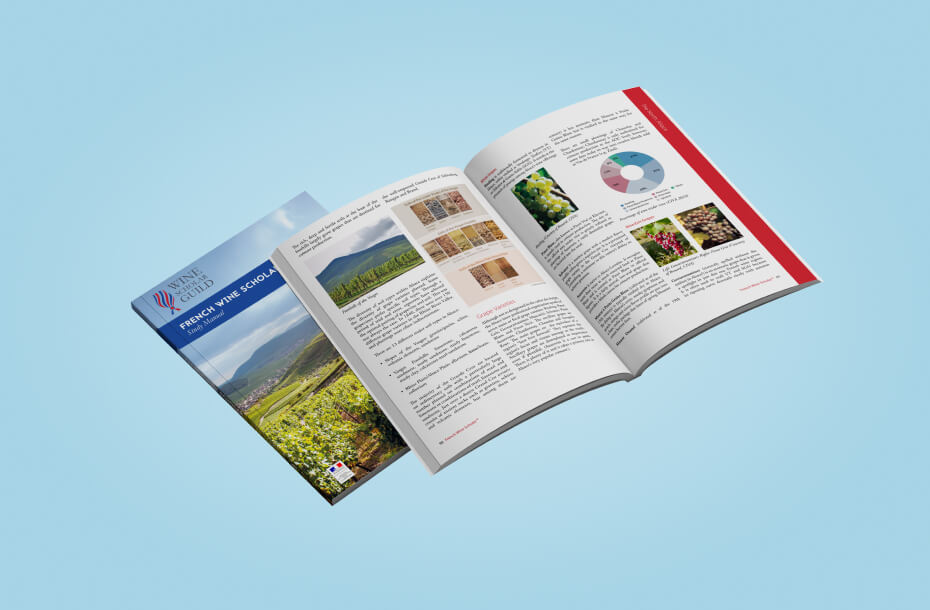
330-page Study Manual
Shipped to your address, the study manual provides all the information you need to know. Immediate access to the digital e-book is also provided upon registration.
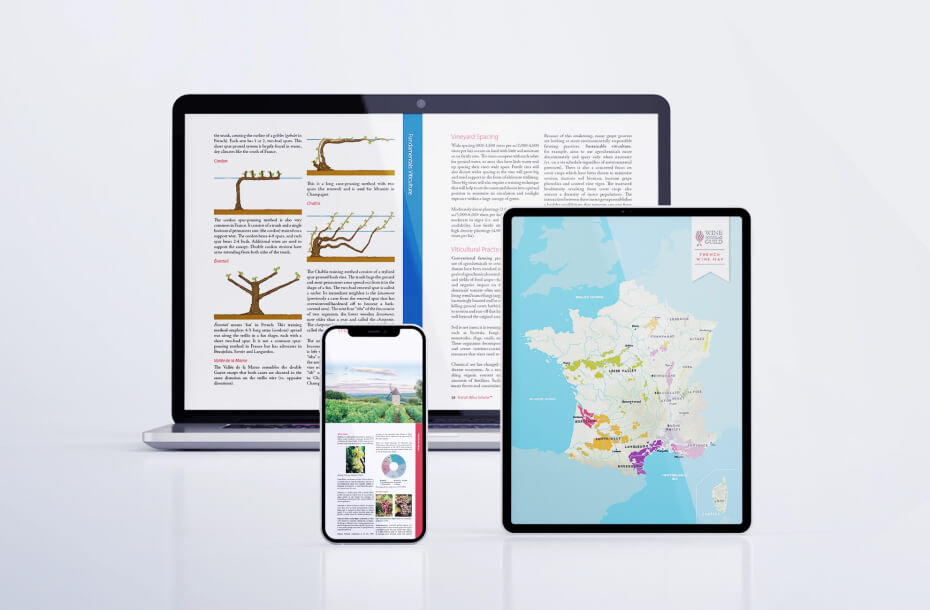
Online Study Modules
The FWS online study modules offer interactive activities in a measurable and meaningful format designed for maximum content retention and ease of use.
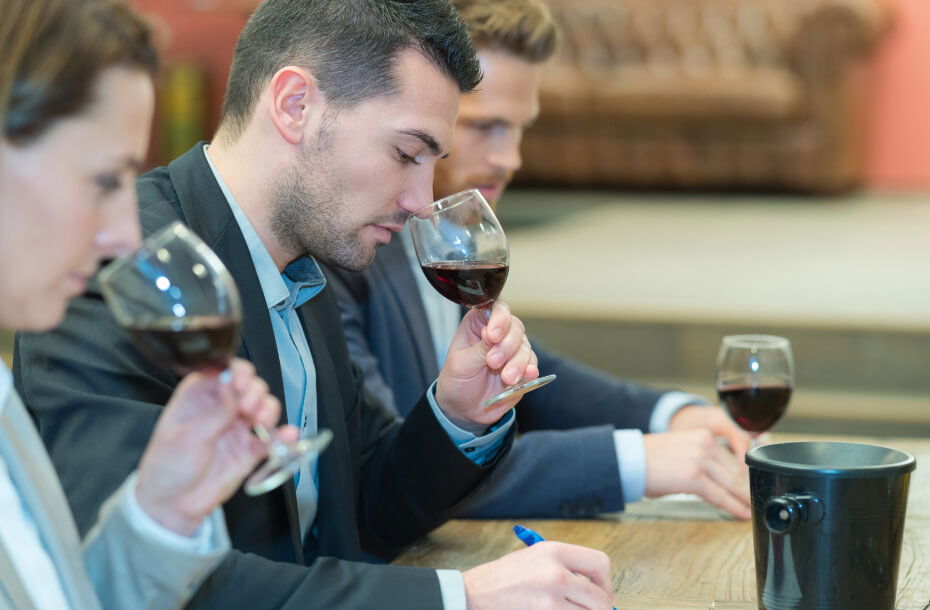
Expert Instructors
Learn from the most notable names in the industry — seasoned wine professionals and educators accredited by the Wine Scholar Guild.
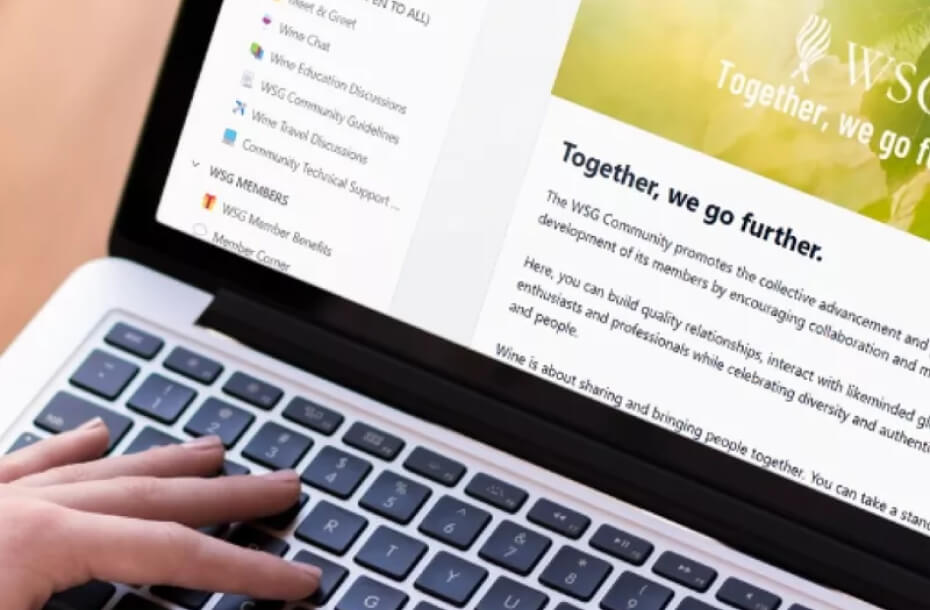
Student Community
Network with the other students taking the French Wine Scholar, form a tasting group and build your wine network.
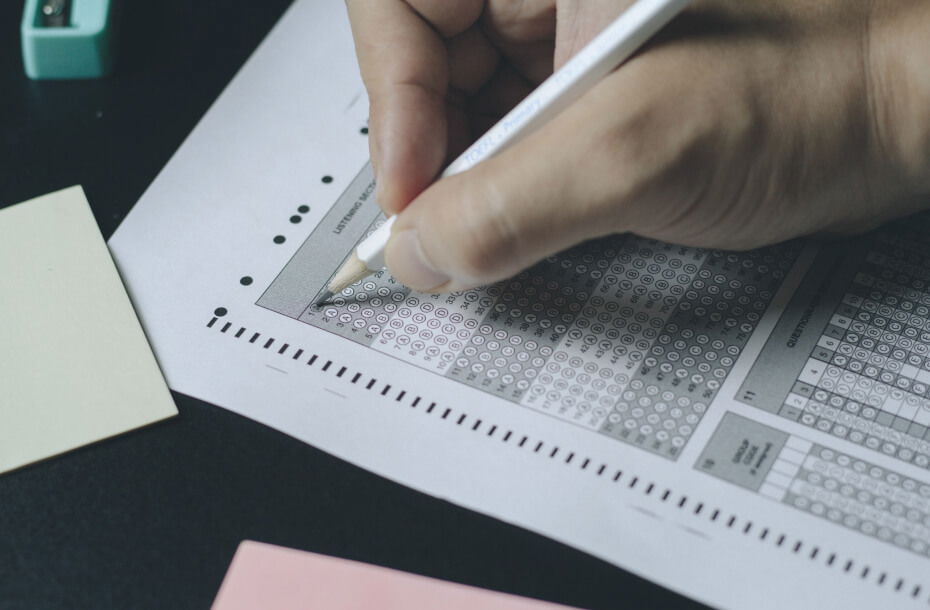
Final Exam
Your course includes a 100-question multiple-choice exam covering all of the wine regions of France.
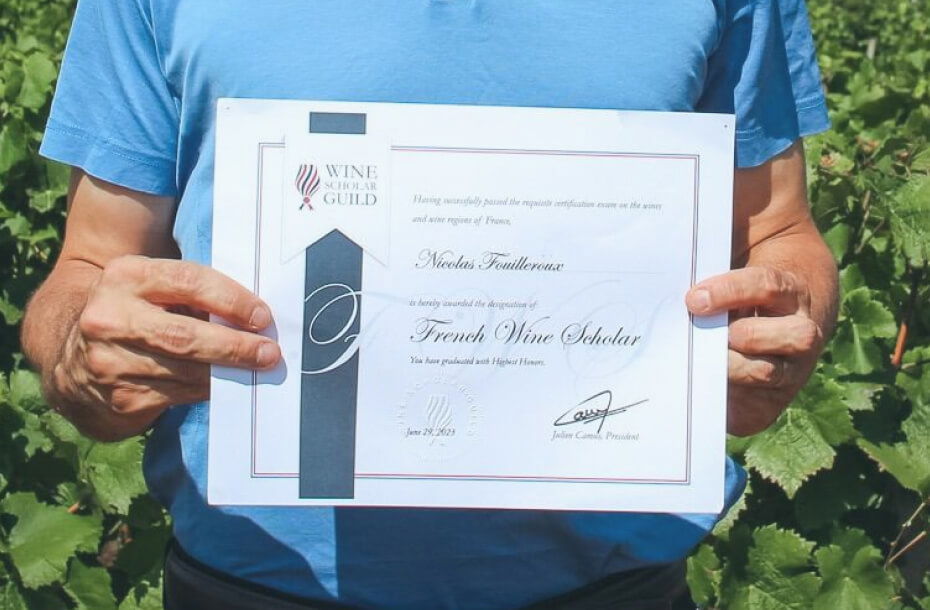
Certificate
Upon passing, receive your coveted French Wine Scholar certificate and lapel pin. Add this reputed credential to your LinkedIn profile and résumé or CV.
Download the detailed FWS curriculum
Why People Choose French Wine Scholar
Study Options
Choose from online or classroom formats based on your schedule and preferred learning style. Rest assured that the final exam and certification remain consistent across both formats.
Online Learning
Classroom Learning
Format
Study online, at your own pace, from anywhere at anytime.
Learn in-person at one of our 120+ Approved Program Providers around the world
Instructor support
Study with WSG’s own acclaimed educators. Join an optional, supplementary monthly live Q&A session and interact with your instructors via the online forum.
Receive in-classroom support from WSG-certified instructors.
Length of study
Self-paced with up to 12 months to take your exam.
Exact study schedule and length vary by provider.
Wine tasting
With list of recommended wines to sample on your own.
With tutored wine tastings in the classroom.
Study manual (print & e-book)
Online learning modules, pronunciation exercises, quizzes and flashcards
On-demand review lectures
Online student community
Final exam
Certificate, lapel pin and use of post-nominal upon passing
Start date
May 16
Varies by provider
Price
$875
Varies by provider
Frequently Asked Questions
- Passionate wine enthusiasts and aficionados, students of wine, avid travelers and life-long learners craving deeper knowledge and expertise of French wine styles and regions.
- Aspiring sommeliers seeking a leg up and competitive advantage in the industry.
- Professionals in the hospitality sector aiming to elevate their expertise.
Have a different question? Feel free to contact us.


